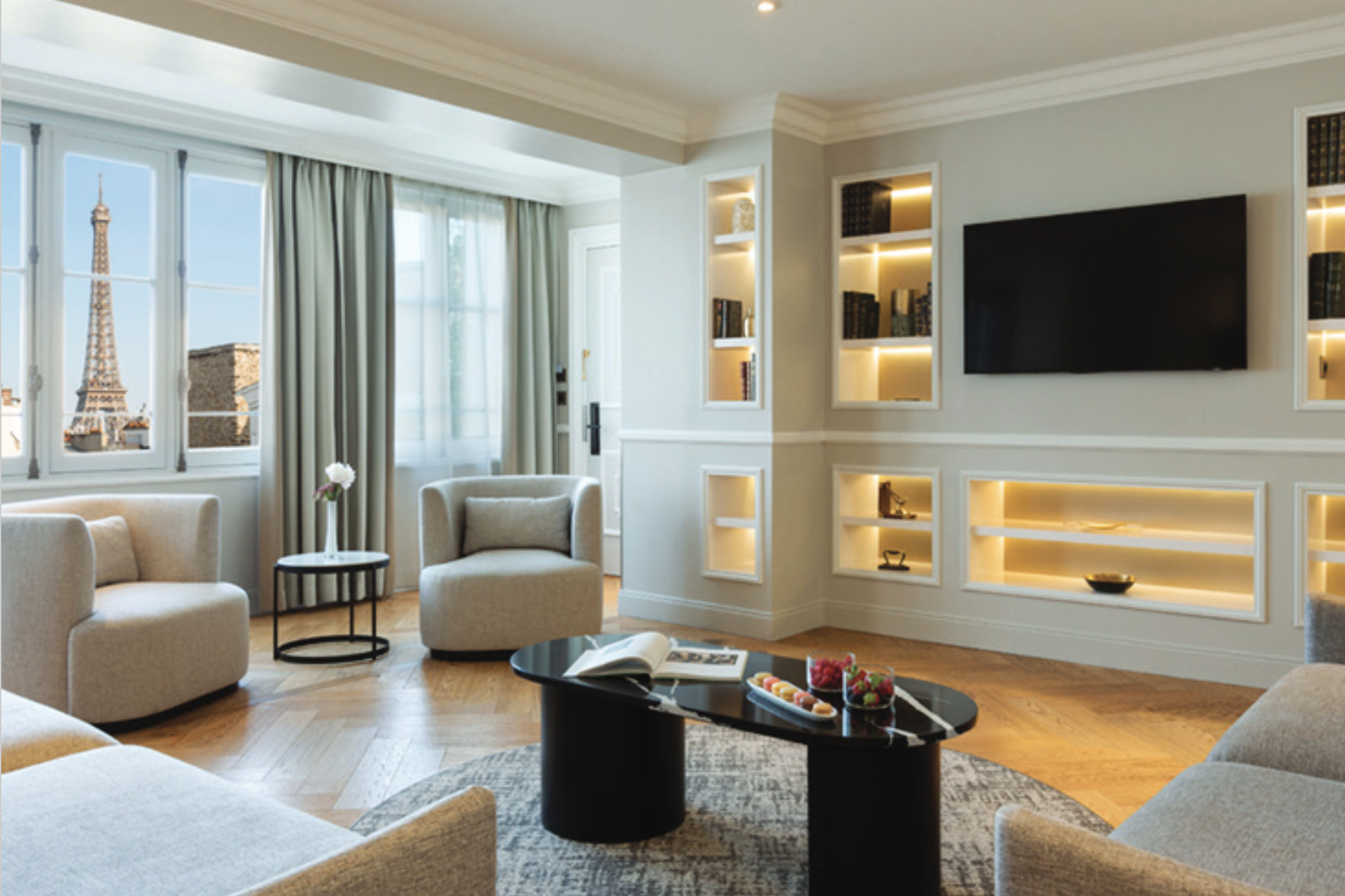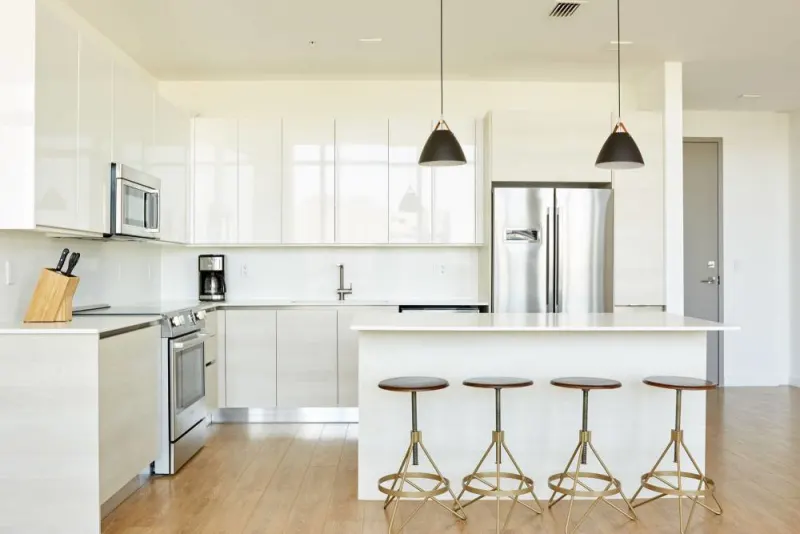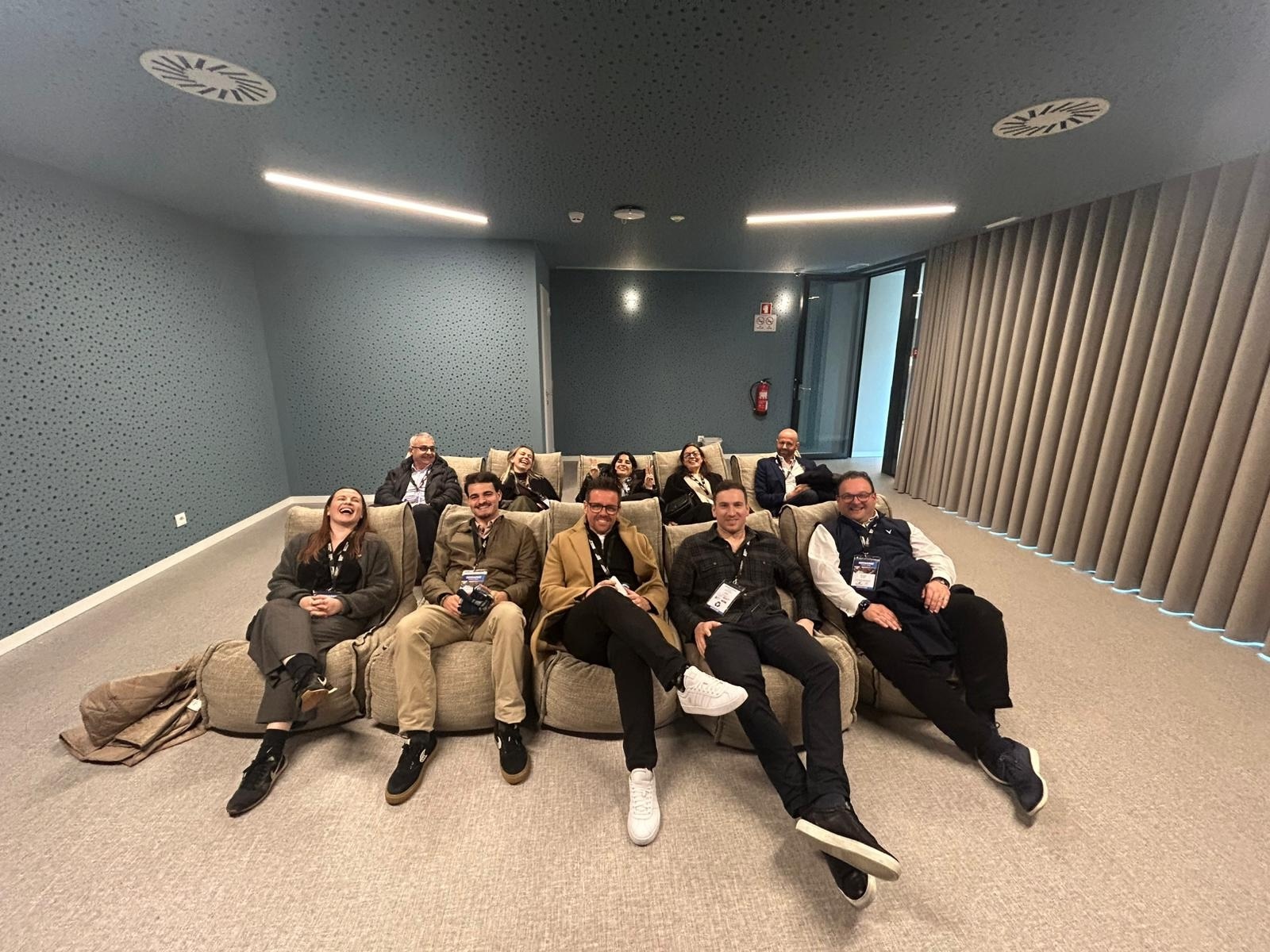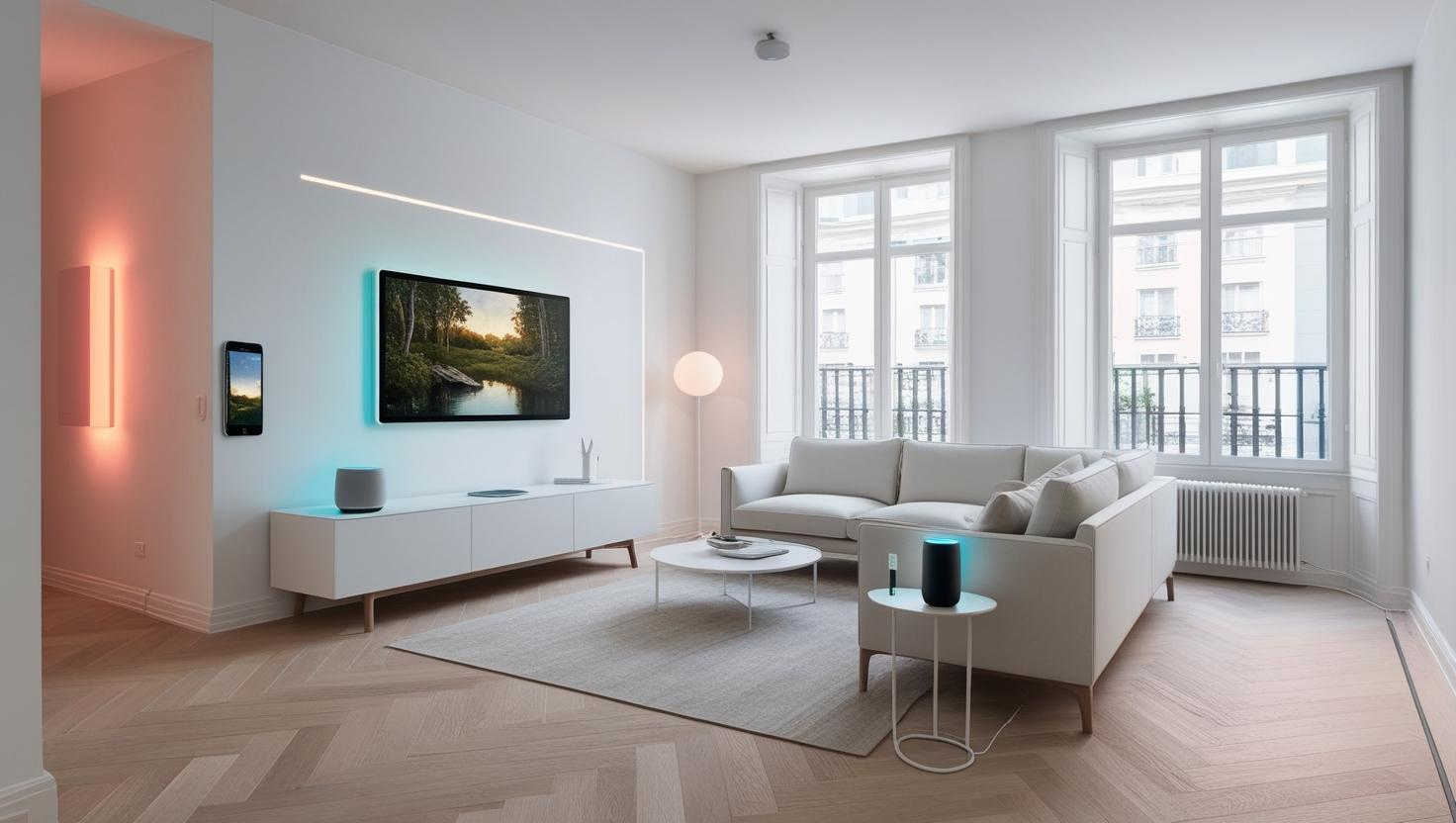
SAN’s Piers Brown talks to Caleb Parker, founder of Bold, about flexible workspace and space-as-a-service.
• What is Space-as-a-Service, and why is it in demand?
“The fundamentals of Space-as-a-Service are hospitality driven. Buildings should provide customers with everything they need in one place, paired with excellent customer service, on-demand and under a Branded experience. I’m a big believer in brand positioning because it’s a promise to the customer of a predictable experience. Take Bold for example, we believe in challenging the status quo. We love entrepreneurial thinkers and innovators. People like us.”
“We are natural problem solvers and passionate about making a difference in the world. Many of us are techie and savvy, and because we embrace mobile technology our work is not restricted to a static location. I learned a long time ago that I didn’t ‘need’ an office to work from. Our work happens everywhere: at home, on a screen, a plane, over lunch. Business deals happen faster than ever. We contract with people thousands of miles away online and on-demand. But to grow and succeed, sometimes we do need a place to come together with our team, customers and partners. When I choose to go into the office I want a place that’s going to make me feel inspired, and taken care of. So at Bold, our spaces are tech enabled with a premium funky design, a layer of hospitality and accessible on flexible terms.
Historically, commercial real estate hasn’t been friendly to entrepreneurs. If we’re approved, we have to pay big deposits, spend thousands on legal fees to oblige us to paying for a long time for the right to a white box that become our responsibility to make it fit our culture and business needs, and then pay more to make it a white box again when we’re done. This is the opposite of what a fast growing company needs from commercial real estate. We need access to fantastic environments sometimes, and we also need agility. To succeed in business we have to surround ourselves with smart people and manage risk. The logic of permanent offices and expensive long leases feels outdated in this new economy that we’re in. So that’s why we’ve seen a movement towards Space-as-a-Service in recent years.”
• What impact does Space-as-a-Service have on the valuation of real estate assets?
“First let me point out that building valuations methods need to evolve. The capital markets need a valuation methodology to recognise buildings which are operated as Space-as-a-Service as a core asset. Perhaps Space-as-a-Service needs its own asset class. Currently building valuations are weighted towards long-term leases. But what happens to value when the demand for your product goes away?
Demand for Space-as-a-Service and the flexibility that comes with it has been growing steadily since the global financial crisis of 2008, and we’ve seen massive growth in the last few years. The economy is too volatile today to project way into the future, making long-leases a risky bet for most companies. So we’re helping asset owners evolve their assets to meet the demands of the new economy and ultimately drive value across their portfolios.”
• How is commercial real estate shifting from product to service as the differentiator and why should landlords adopt flexible working space rental into their portfolios?
More than ever, people have a choice of where, when and how they work.They want to go where they feel taken care of. Customers are calling out for buildings that offer the perfect combination between great work environments and high quality serviced amenities. They want the option to book workspace by the hour, day, week, month or year and for that workspace to be an engaging, inspiring space for top talent. And on top of this, they want to have all the services they need at the tip of their fingertips too. Networking events, coffee bars, meeting rooms, a place to relax and more. Customers want all of this accessible on-demand and on flexible terms. It’s not just about the building. It’s about providing a space for customers to live and breathe their creativity. It’s about creating a consistent experience, a brand that connects to specific customer personas.”
Landlords who are able to provide this are set to be the big winners from this change. By offering Space-as-a-Service Landlords can future-proof their asset, monetise their space and drive value for customers and themselves. The fundamentals of Space-as-a-Service are hospitality driven. Buildings should provide customers with everything they need in one place, paired with excellent customer service, to really drive value from the building. This is what keeps paying customers in your building, not long leases.”
• What is the Bold model and outline benefits?
“Our job is to help our clients protect the valuation of their portfolios while meeting ROI objectives. Every asset has a different business plan and strategy. So it’s crucial to understand these dynamics to determine which brand solution in our group will drive the right economics that meet the business plan of the asset. Generic spaces lack brand loyalty, consistency and a network effect. But specific brands add layers of service, attract the right mix of customers, and create new revenue lines. So selecting the right brand solution adds tremendous value by delivering a predictable customer experience, making the building attractive, and increasing asset value.”
• What should hotels and hospitality consider for the future of work?
“I believe hotels are in a great position to ride the Space-as-a-Service wave. The hospitality skillset already exists, making it an easy bolt-on. The current Covid-19 global pandemic has taught us we no longer have to commute to the office every day to be productive. But not everyone can work from home effectively. There’s a shift toward the individual, not the company, being in control specific to when, where and how we work. Demand for Third spaces is poised to grow as people choose to work closer to home most days. Small meeting demand will grow as well. And many hotels already exist closer to people’s homes than the corporate office hub in a city centre.”
• How does the model suit hotel, serviced apartment and mixed-use buildings?
“The lines between work and life have long been blurred and now we’re seeing a blurring of the lines between the workplace and the home. Remote working is creating opportunities for co-living brands in residential real estate as people are placing more emphasis on selecting homes in which they can live and work comfortably. We’re already in conversations with developers of mixed use projects to manage amenities, such as workspaces, and build communities.”
• How has technology enabled the rise of flexible office space?
“This is such a loaded question. I’ve sort of answered this question in many of my answers above. But in short technology has enabled us to work anywhere, removing the need to be tied to a static office location. Remote work is great, but as humans we are social creatures. So we need access to places we can work and meet face to face on-demand.”
• How do you think the post-coronavirus pandemic landscape will effect Space-as-a-Service?
“It’s still too early to know exactly how things are going to go, but I strongly believe demand for Space-as-a-Service will gain rocket boosters post-pandemic.”









